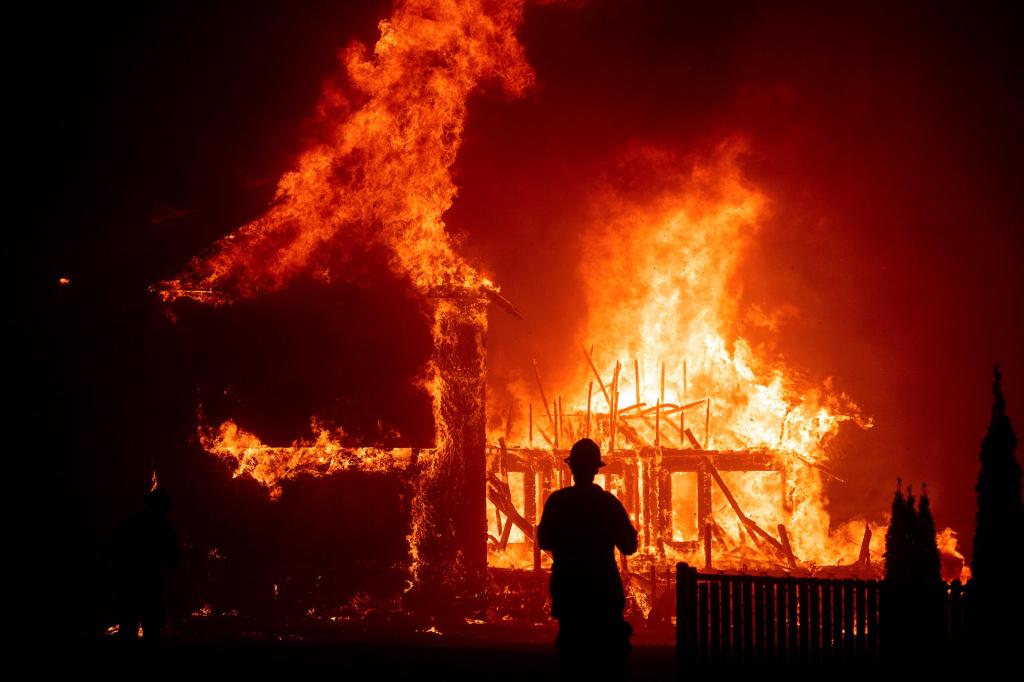
How many more environmental incidents need to occur before we get serious about curbing our addiction to plastic?
Officials made the decision to burn off vinyl chloride, a volatile chemical that they feared could explode inside the derailed cars of a Norfolk Southern train crash in eastern Ohio. There were no “good” options, and officials went with the least-bad one they had, but they remain responsible for their choices.
Just as we remain responsible for our choice to remain addicted to plastics in our critical infrastructures.
Vinyl chloride is a building block for many plastic items. It’s one of many chemicals that goes into the production of things such as PVC pipes for drinking water systems, plastic straws, bottles, containers and countless other things.
Environmental incidents happen so frequently that it’s become a disaster version of whack-a-mole as the media focuses us on the “next shiny thing.” Unfortunately, this is similar to what happens after wildfires, so it is worth recalling some recent blazes.
In August 2020, the CZU Lightning Complex fires in central California burned seven miles of pipe that transported drinking water from a storage tank to critical water mains in the area. That pipe was made of plastic, and it melted to ash. Officials found elevated levels of volatile organic compounds when they tested water samples.
The best solution for rebuilding that line was to bury it at least two feet underground, but that could cost $60 million. Still, putting plastic pipes underground is not a guarantee of safety from fires. Just look at Paradise.
In 2018, the Camp Fire practically destroyed the town of Paradise, once home to approximately 27,000 people. Nearly all of the structures in the town burned, and the 1,500 people who tried to return home learned that another danger lurked. Officials found benzene, a cancer-causing chemical, in the drinking water. How did it get there? Paradise’s water system contained both plastic water mains and other plastic components that couldn’t stand up against the heat of the blaze.
Research by Purdue University Professor Andrew Whelton that exposed various kinds of pipes commonly used in drinking water systems showed that the heat generated by wildfires could become hot enough to cause the plastic to degrade, allowing chemicals to leach into water sources. Of course, groups that represent the makers of plastic pipes released their own “studies” showing their products bore zero culpability.
A plastic pipe in and of itself may not present environmental or human harm. But should we continue to trust the health and safety of our children and communities to the hope that no disaster will occur?
Thankfully, here in California, we are learning from our mistakes when it comes to our exposure to plastic pipes that too commonly fail in the face of our damaging climate-driven fire seasons. For example, the San Lorenzo Valley Water District plans to use a more resilient material, ductile iron pipes, that will be much more likely to prevent future water contamination if another fire moves through that area.
Beyond California though, the federal government is investing billions of dollars into clean water infrastructure. As state and municipal leaders debate how best to spend those dollars, we must make clear that putting more plastic into our lives is not acceptable. We have to move away from the toxicity of plastic, regardless of how cheap those products may appear to be. The ultimate cost to our health and safety is not worth the discount utilities may see from continuing our reliance on plastic and the volatile chemicals that are used to make them.
MK Dorsey is the director and chair of the Rob and Melani Walton Sustainability Solutions Service at Arizona State University. Dustin Mulvaney is a professor in the Environmental Studies Department at San Jose State University.
𝗖𝗿𝗲𝗱𝗶𝘁𝘀, 𝗖𝗼𝗽𝘆𝗿𝗶𝗴𝗵𝘁 & 𝗖𝗼𝘂𝗿𝘁𝗲𝘀𝘆: www.mercurynews.com
𝗙𝗼𝗿 𝗮𝗻𝘆 𝗰𝗼𝗺𝗽𝗹𝗮𝗶𝗻𝘁𝘀 𝗿𝗲𝗴𝗮𝗿𝗱𝗶𝗻𝗴 𝗗𝗠𝗖𝗔,
𝗣𝗹𝗲𝗮𝘀𝗲 𝘀𝗲𝗻𝗱 𝘂𝘀 𝗮𝗻 𝗲𝗺𝗮𝗶𝗹 𝗮𝘁 dmca@enspirers.com


